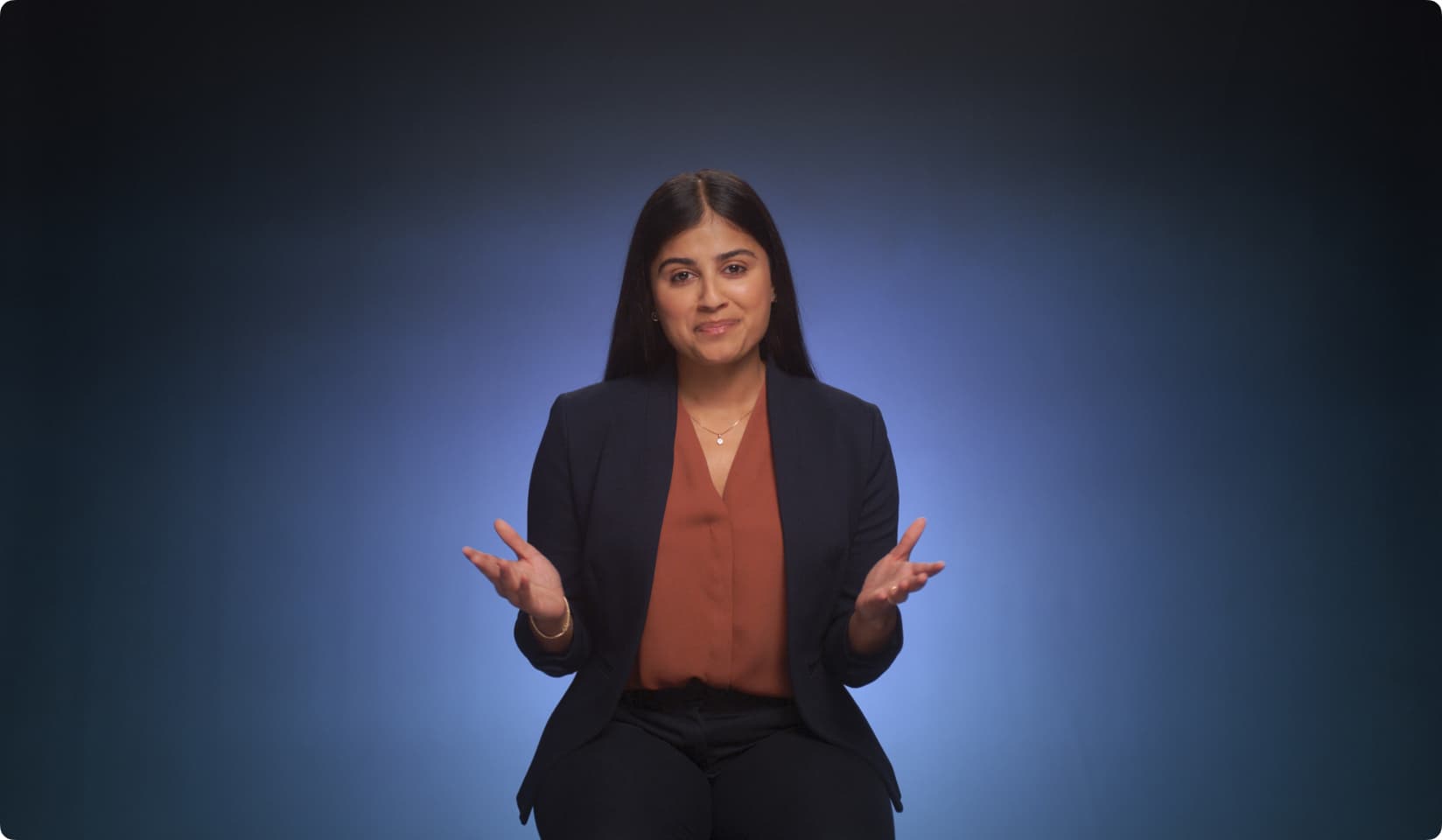Options Foundations
Exercise and Expiration
Options traders can close their position by exercising the contract, trading the contract, or letting it expire. Let’s dive into when, and why, you might choose either path.
Trading
Buying back a short position or selling a long position is the most common way investors choose to close out of their option positions. For contracts out-of-the-money, many choose to trade to close their contract before expiration, allowing them to realize any remaining time value left in the contract.
For contracts in-the-money, in addition to being able to capitalize on any remaining time value, investors may elect to trade to profit from the increase in the option's intrinsic value without the need for additional capital or the worry about being short cash or shares.
However, trading may not always be possible depending on that contract’s open interest. As you get closer to expiration, finding a buyer may become more difficult, making it harder to close your position.
For contracts in-the-money, in addition to being able to capitalize on any remaining time value, investors may elect to trade to profit from the increase in the option's intrinsic value without the need for additional capital or the worry about being short cash or shares.
However, trading may not always be possible depending on that contract’s open interest. As you get closer to expiration, finding a buyer may become more difficult, making it harder to close your position.
In-the-money and out-of-the-money
Two critical terms when it comes to options expiration are in-the-money and out-of-the-money. If it would be profitable to exercise an option contract, we call it in-the-money. Conversely, if it would not be profitable to exercise an option contract, we call it out-of-the-money. These terms typically do not take into consideration the cost, or credit, of buying or selling the options. It’s purely based on the underlying asset’s price and your contract’s strike price.
Exercising options
Exercising essentially means executing your right to buy or sell the underlying stock at the strike price. You can choose to exercise your right any day up to or on the expiration date, which is called “early exercise.” Or, if you don’t take action, your option contract will be automatically exercised at expiration if it is at least one penny in-the-money—a process referred to as the "exercise by exception" by the Options Clearing Corporation.
Exercising an options contract requires either capital to buy the underlying shares at the strike price (in the case of a put), or shares that you own to deliver for the strike price. If you’re exercising a call option that involves buying $10,000 worth of stock, you’ll need $10,000 in your buying power to complete the trade—even if you plan to immediately sell the stock. For a put option, you would need to own the shares you are obliged to deliver or else you would wind up short all of those shares and be in a precarious situation, forced to buy them back at a future price.
If you do not have the necessary buying power or shares, Public may have to liquidate your position on your behalf to prevent you from going into a negative debit balance or being short shares.
Exercising an options contract requires either capital to buy the underlying shares at the strike price (in the case of a put), or shares that you own to deliver for the strike price. If you’re exercising a call option that involves buying $10,000 worth of stock, you’ll need $10,000 in your buying power to complete the trade—even if you plan to immediately sell the stock. For a put option, you would need to own the shares you are obliged to deliver or else you would wind up short all of those shares and be in a precarious situation, forced to buy them back at a future price.
If you do not have the necessary buying power or shares, Public may have to liquidate your position on your behalf to prevent you from going into a negative debit balance or being short shares.
Expiration
Each option contract comes with an expiration date that is determined at the creation of the contract itself. An option’s expiration date is the last day you can exercise your right to buy or sell the underlying stock at the agreed-upon strike price. If you hold your contract until expiration, and it is either out-of-the-money or in-the-money but you choose to not exercise it, the option will expire worthless. Or in other terms, after the expiration date, the option contract becomes null and void and has zero value.
Contracts typically expire in two scenarios. The first, if the investor submits a do not exercise (“DNE”) because they don’t have the collateral necessary to exercise the contract. Or, the second, when a contract becomes essentially worthless - the open interest and price drop close to 0.
If your contract expires, you will lose the entire cost paid for the position, known as the option premium.
Contracts typically expire in two scenarios. The first, if the investor submits a do not exercise (“DNE”) because they don’t have the collateral necessary to exercise the contract. Or, the second, when a contract becomes essentially worthless - the open interest and price drop close to 0.
If your contract expires, you will lose the entire cost paid for the position, known as the option premium.
Brokerage services for US-listed securities and options offered through Public Investing, member FINRA & SIPC. Supporting documentation upon request.
The examples used above are fictional, and do not constitute a recommendation or endorsement of any investment.
Options are not suitable for all investors and carry significant risk. Certain complex options strategies carry additional risk. There are additional costs associated with option strategies that call for multiple purchases and sales of options, such as spreads, straddles, among others, as compared with a single option trade.
Prior to buying or selling an option, investors must read the Characteristics and Risks of Standardized Options, also known as the options disclosure document (ODD).
Option strategies that call for multiple purchases and/or sales of options contracts, such as spreads, collars, and straddles, may incur significant transaction costs.
The examples used above are fictional, and do not constitute a recommendation or endorsement of any investment.
Options are not suitable for all investors and carry significant risk. Certain complex options strategies carry additional risk. There are additional costs associated with option strategies that call for multiple purchases and sales of options, such as spreads, straddles, among others, as compared with a single option trade.
Prior to buying or selling an option, investors must read the Characteristics and Risks of Standardized Options, also known as the options disclosure document (ODD).
Option strategies that call for multiple purchases and/or sales of options contracts, such as spreads, collars, and straddles, may incur significant transaction costs.
Options resource center
Options Foundations
 Chapter 1Options 101
Chapter 1Options 101 Chapter 2P/L charts
Chapter 2P/L charts Chapter 3Time value
Chapter 3Time value Chapter 4The greeks
Chapter 4The greeks Chapter 5Exercise and expiration
Chapter 5Exercise and expiration Chapter 6Assignment
Chapter 6Assignment Chapter 7Loss potential
Chapter 7Loss potential Chapter 8Options trading rebate
Chapter 8Options trading rebateFundamentals
Multi-leg Strategies